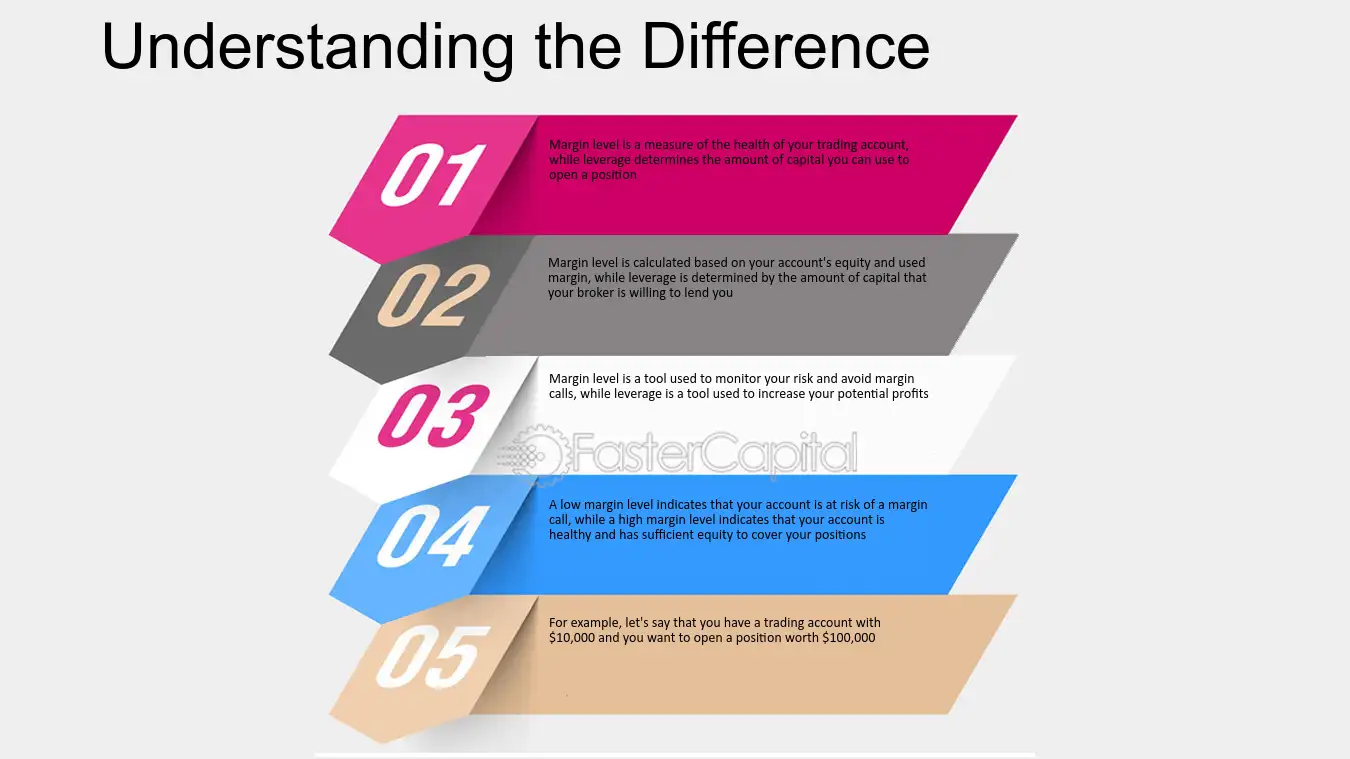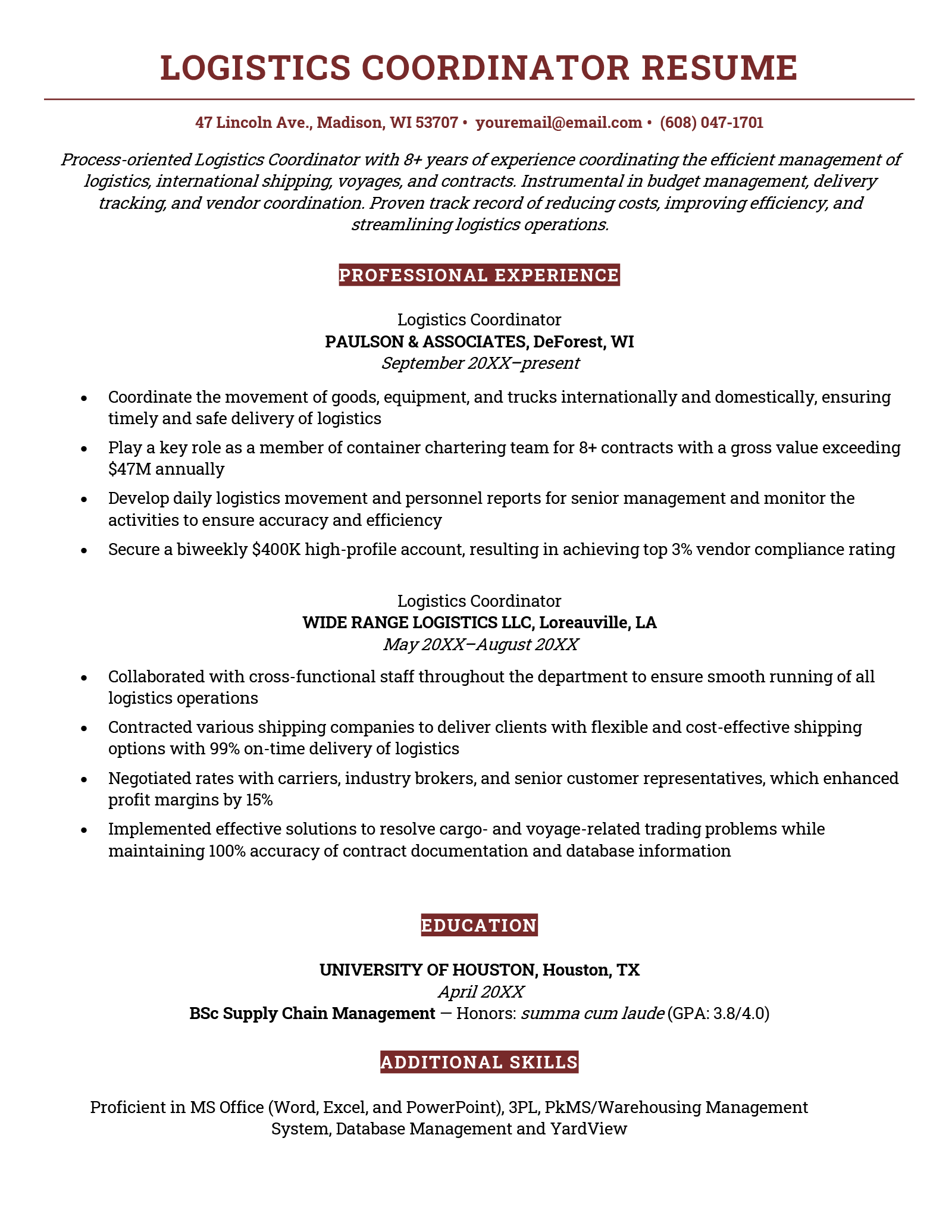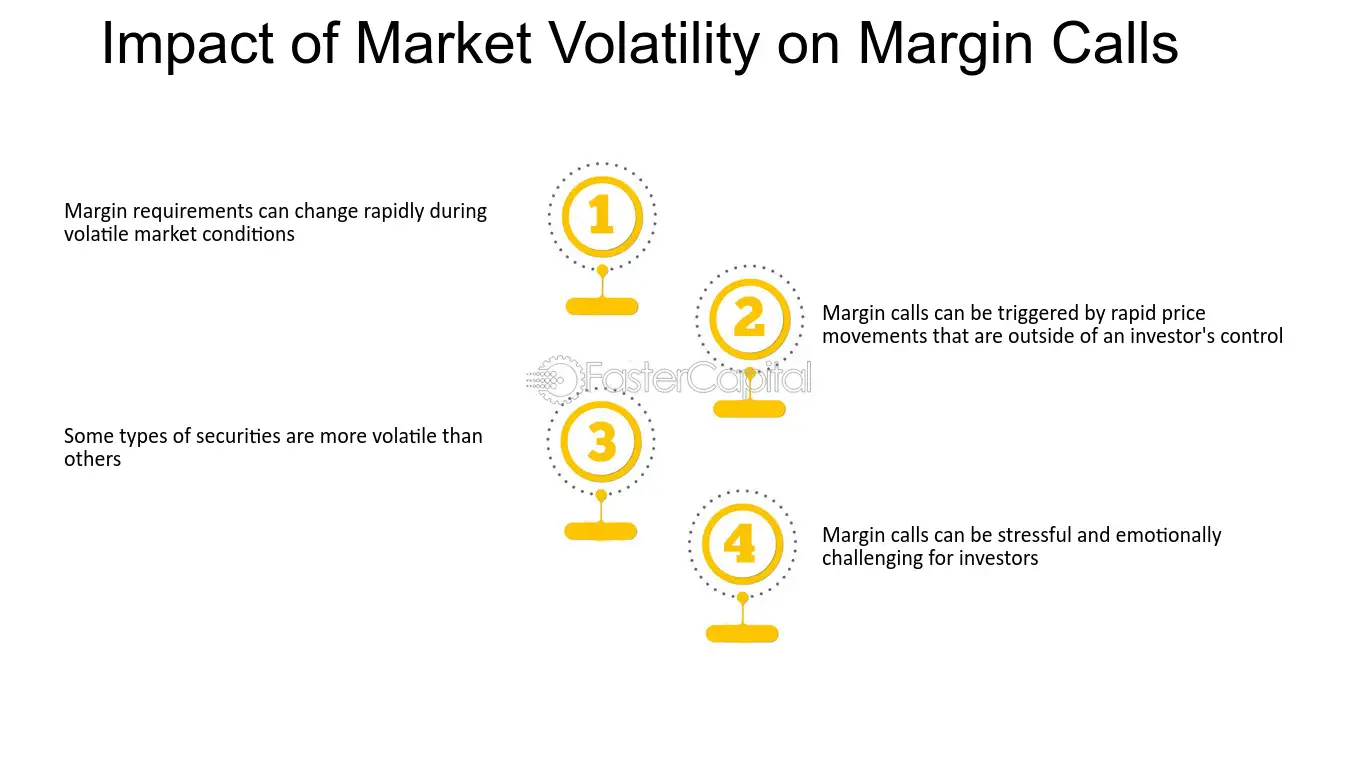Did you know that trading on margin is like walking a tightrope—exciting but with a very real risk of falling? In the world of futures day trading, understanding margin requirements is crucial for crafting effective trading strategies. This article dives deep into key concepts such as the differences between initial and maintenance margin, how to calculate your required margin, and the implications of not meeting these requirements. Discover how leverage plays into your trading approach, the risks of high margin levels, and the impact of market volatility on your margin needs. Learn best practices for maintaining compliance and find resources to enhance your knowledge. With insights from DayTradingBusiness, you’ll be better equipped to navigate the complexities of margin in futures trading.
What are margin requirements in futures day trading?
Margin requirements in futures day trading are the minimum amount of capital you need to maintain a position. They vary by broker and contract but typically range from 1% to 10% of the contract's value. This leverage allows traders to control larger positions with less capital. Day traders must also comply with maintenance margin, which is the minimum equity needed to keep a position open. If your account balance falls below this level, you'll receive a margin call, requiring you to deposit more funds or liquidate positions. Understanding these requirements is crucial for managing risk effectively in futures trading.
How do margin requirements affect trading strategies?
Margin requirements affect trading strategies by determining how much capital you need to control a larger position. Higher margin requirements can limit the size of your trades, reducing potential profits and losses. This impacts your risk management approach; you may need to adjust your position sizes or diversify to manage exposure effectively. Lower margin requirements allow for more significant leverage, enabling more aggressive strategies but also increasing risk. Ultimately, understanding and managing margin requirements is crucial for balancing risk and reward in futures day trading.
What is the difference between initial and maintenance margin?
Initial margin is the amount of money a trader must deposit to open a futures position, serving as a good-faith deposit to cover potential losses. Maintenance margin, on the other hand, is the minimum equity a trader must maintain in their account to keep a position open. If account equity falls below this level, a margin call occurs, requiring the trader to deposit more funds.
How can I calculate my required margin for futures trading?
To calculate your required margin for futures trading, first determine the contract size of the futures contract you want to trade. Then, check the margin requirement set by your broker, typically expressed as a percentage of the contract value. Multiply the contract size by the price of the futures contract to find the total value. Finally, multiply that total value by the margin percentage to get your required margin.
For example, if the contract size is 100 units, the futures price is $50, and the margin requirement is 5%, your calculation would be:
1. Total value = 100 units × $50 = $5,000
2. Required margin = $5,000 × 5% = $250
So, you would need $250 in margin to open that position.
What happens if I don't meet margin requirements?
If you don't meet margin requirements in futures day trading, your broker may issue a margin call, requiring you to deposit more funds. If you fail to do so, your positions can be liquidated to cover the shortfall. This means you could lose your investments quickly, as the broker sells your assets to protect themselves from further losses.
Are margin requirements the same for all futures contracts?
No, margin requirements are not the same for all futures contracts. Each contract has different margin levels based on factors like volatility, liquidity, and the underlying asset. For instance, a highly volatile commodity might have higher margin requirements compared to a stable financial future. Always check specific margin requirements with your broker before trading.
How do leverage and margin relate in futures trading?
Leverage in futures trading allows you to control a large position with a relatively small amount of capital. Margin is the collateral required to open and maintain that position. High leverage means you can amplify gains, but it also increases risk, as losses can exceed your initial margin. Essentially, margin requirements dictate how much leverage you can use; the lower the margin requirement, the higher the leverage. Understanding both is crucial for managing risk effectively in futures day trading.
What are the risks of trading with high margin levels?

Trading with high margin levels increases your risk significantly. You can amplify both gains and losses, leading to potential account liquidation if the market moves against you. High margin can cause emotional stress, pushing you to make impulsive decisions. Additionally, increased leverage means small market fluctuations can result in substantial financial impact. Always assess your risk tolerance and consider using lower margin levels to manage potential losses effectively.
How can I manage my margin effectively while day trading?

To manage your margin effectively while day trading futures, start by understanding your broker's margin requirements. Use leverage wisely; avoid maxing out your margin to prevent margin calls. Monitor your positions closely and set stop-loss orders to limit potential losses. Keep your position sizes appropriate relative to your account balance to maintain a healthy margin ratio. Regularly review your trades and adjust your strategy based on market conditions to ensure you stay within your margin limits. Finally, ensure you have enough liquidity to cover any unexpected market moves.
What role do margin calls play in futures trading?
Margin calls in futures trading serve as a risk management mechanism. They occur when your account equity falls below the required margin level due to market fluctuations. When this happens, your broker demands that you deposit additional funds to maintain your position. This ensures that you can cover potential losses and prevents brokers from taking on excessive risk. In essence, margin calls protect both the trader and the broker by enforcing financial discipline in volatile markets.
How can I reduce my margin requirements?
To reduce your margin requirements in futures day trading, consider these strategies:
1. Choose Lower Margin Products: Trade futures contracts that have lower margin requirements.
2. Use a Margin Account: Ensure you are using a margin account, which typically allows for lower margins than cash accounts.
3. Increase Your Account Equity: Adding more capital to your trading account can lower your overall margin requirement.
4. Optimize Position Sizing: Limit the size of your trades to stay within a comfortable margin range.
5. Leverage Day Trading Rules: Take advantage of the day trading margin rules, which allow for higher leverage if you close positions by the end of the day.
6. Maintain a Strong Credit Profile: A good credit rating with your brokerage can sometimes lead to reduced margin requirements.
Implementing these tactics can help you manage and reduce your margin requirements effectively.
## How Do Margin Requirements Affect Futures in Day Trading?
Futures in day trading are contracts to buy or sell an asset at a predetermined price on a specific date. They allow traders to speculate on price movements without owning the underlying asset. Understanding margin requirements in futures day trading is crucial, as they dictate the amount of capital needed to open and maintain positions.
Learn more about: What Are Futures in Day Trading?
What should I know about overnight margin requirements?
Overnight margin requirements in futures day trading refer to the minimum amount of equity you must maintain in your trading account to hold positions overnight. They are typically higher than day trading margins because of increased risk.
Key points to know:
1. Higher Rates: Overnight margins can be 2-3 times higher than intraday margins due to potential market volatility.
2. Broker Policies: Different brokers have varying requirements, so check with your specific broker for their rules.
3. Account Equity: Ensure your account has sufficient equity to meet overnight requirements; otherwise, positions may be liquidated.
4. Risk Management: Understand your risk exposure; overnight holds can lead to significant price changes that impact your margin.
5. Monitoring: Keep an eye on your positions and market conditions, especially before a rollover or major economic news.
Stay informed to manage your trading effectively.
How do changes in volatility impact margin requirements?

Changes in volatility directly impact margin requirements by increasing or decreasing the amount of capital needed to maintain open positions. When volatility rises, exchanges often raise margin requirements to mitigate risk, meaning traders must deposit more funds. Conversely, if volatility decreases, margin requirements may be lowered, allowing traders to use less capital. This fluctuation helps protect both the trader and the brokerage from potential losses during turbulent market conditions.
What are the best practices for maintaining margin compliance?
To maintain margin compliance in futures day trading, follow these best practices:
1. Monitor Margin Levels: Regularly check your account balance against margin requirements to avoid margin calls.
2. Use Stop Loss Orders: Implement stop loss orders to limit potential losses and protect your margin.
3. Keep Sufficient Capital: Always maintain extra capital above the minimum margin requirement to provide a buffer against market volatility.
4. Understand Leverage: Know how leverage affects your margin requirements and adjust your position sizes accordingly.
5. Stay Informed: Keep up with market news and volatility trends that could impact margin levels.
6. Review Your Trading Plan: Regularly assess your trading plan and risk management strategies to ensure they align with margin compliance.
7. Use Technology: Utilize trading platforms that provide real-time margin monitoring tools.
By implementing these practices, you can effectively manage your margin requirements and minimize risks in futures day trading.
How do broker fees relate to margin requirements in futures trading?
Broker fees and margin requirements in futures trading are interconnected. Broker fees can affect the overall cost of trading, impacting the effective margin you need to maintain. Higher fees reduce your profit margin, meaning you might need additional capital to cover your positions. Margin requirements are set by brokers based on the contract value and volatility, but if broker fees are high, they can indirectly influence your trading strategy and risk management. Essentially, lower broker fees allow you to use your margin more efficiently, while higher fees can strain your available capital.
What resources are available for understanding margin requirements?
To understand margin requirements in futures day trading, check these resources:
1. Brokerage Websites: Most brokers provide detailed information on margin requirements specific to futures trading on their platforms.
2. CFTC (Commodity Futures Trading Commission): Their website offers guidelines and regulations on margin requirements for futures.
3. NFA (National Futures Association): Provides educational materials and resources related to margin rules and risk management.
4. Futures Exchanges: Exchanges like the CME Group publish margin requirement updates and educational content.
5. Trading Books and Courses: Look for books focused on futures trading that cover margin requirements in detail.
6. Online Forums and Communities: Engage with traders on platforms like Reddit or Trade2Win for shared insights and experiences.
These resources will help you grasp the essentials of margin requirements in futures day trading.
Conclusion about Understanding Margin Requirements in Futures Day Trading
In summary, understanding margin requirements is crucial for successful futures day trading. It influences your trading strategies, risk management, and overall financial health. By knowing the difference between initial and maintenance margins, calculating your required margins, and staying compliant, you can navigate the complexities of margin effectively. For further insights and guidance on managing margins and enhancing your trading approach, DayTradingBusiness offers valuable resources to support your trading journey.